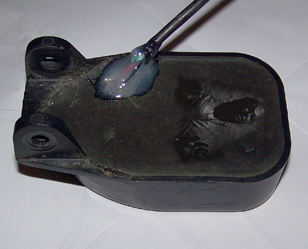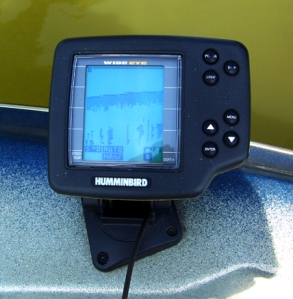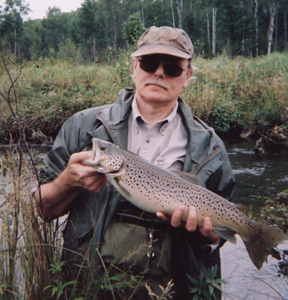
Silver Lake, up by Hart Michigan, is unique for its beauty and recreation. Sand dunes abut the lake on the west shore, the same sand dunes that are famous for the dune rides. There is a state park with camping and it must be one of the most popular parks in Michigan because any time I have driven by the park it appears full up. The lake has great bass, walleye, and pike fishing and is a treasure for Michigan, not just the lucky homeowners, but for campers and visitors.
Last summer a strange thing happened. Over 3000 carp died off and washed up on the shores. Most folks (at least me) didn’t realize there were carp in the lake. Perplexed homeowners had to clean up the shoreline. According to the DNR, the fish die off was caused by koi herpesvirus, or KHV virus, specific to koi, carp and goldfish, however the source of the virus is unknown. It may have been introduced by released ornamental fish and illustrates the danger of releasing exotic fish in waterways.
The carp die-off caught the attention of a new lakefront homeowner and activist, Dr. William DeJong, my brother-in-law. Bill is one of those very high energy people that solve problems while others sleep and as a new homeowner he decided to research the lake further. Bill uncovered reports by Progressive Engineering classifying Silver Lake as meso-eutrophic which indicates high phosphorous levels. High phosphorous can lead to excessive weed growth (already noticed by homeowners), increased algae, and ultimately affect what fish species can survive in the lake. The source of phosphorous is a very complex problem but sewage is a contributing factor. The cottages all have septic systems. There is a well developed smaller lake upstream of Silver Lake and that too is all septic. There is a watershed feeding the little lake.
As Bill explains it, the problem may come from a dozen possible sources or combinations of sources, so until there is a clear understanding of the problem, expensive sewer systems or upstream holding ponds should be avoided. What’s needed is a comprehensive diagnostic evaluation to identify the phosphorous source and spell out options. This is more costly than a piecemeal approach and requires the cooperation of the lake property owners, local and state governments. Proper evaluation now could save million of dollars later and ensure the health of Silver Lake. Bill is the right person to try to get consensus and funding to solve this complex problem and the homeowners and the state need to support his efforts.
A little bit of Bio on Bill DeJong: He is a semi-retired educational facilities consultant that pioneered studies to rebuild and update schools systems throughout the U.S. Bill also started a charity called Schools for Children of the World that literally builds schools in third world countries. He visits poverty stricken areas, develops education plans, and pitches in with the actual construction. I am adding a link for anyone that would like to contribute or volunteer on a school building project. www.SchoolsForChildren.org











